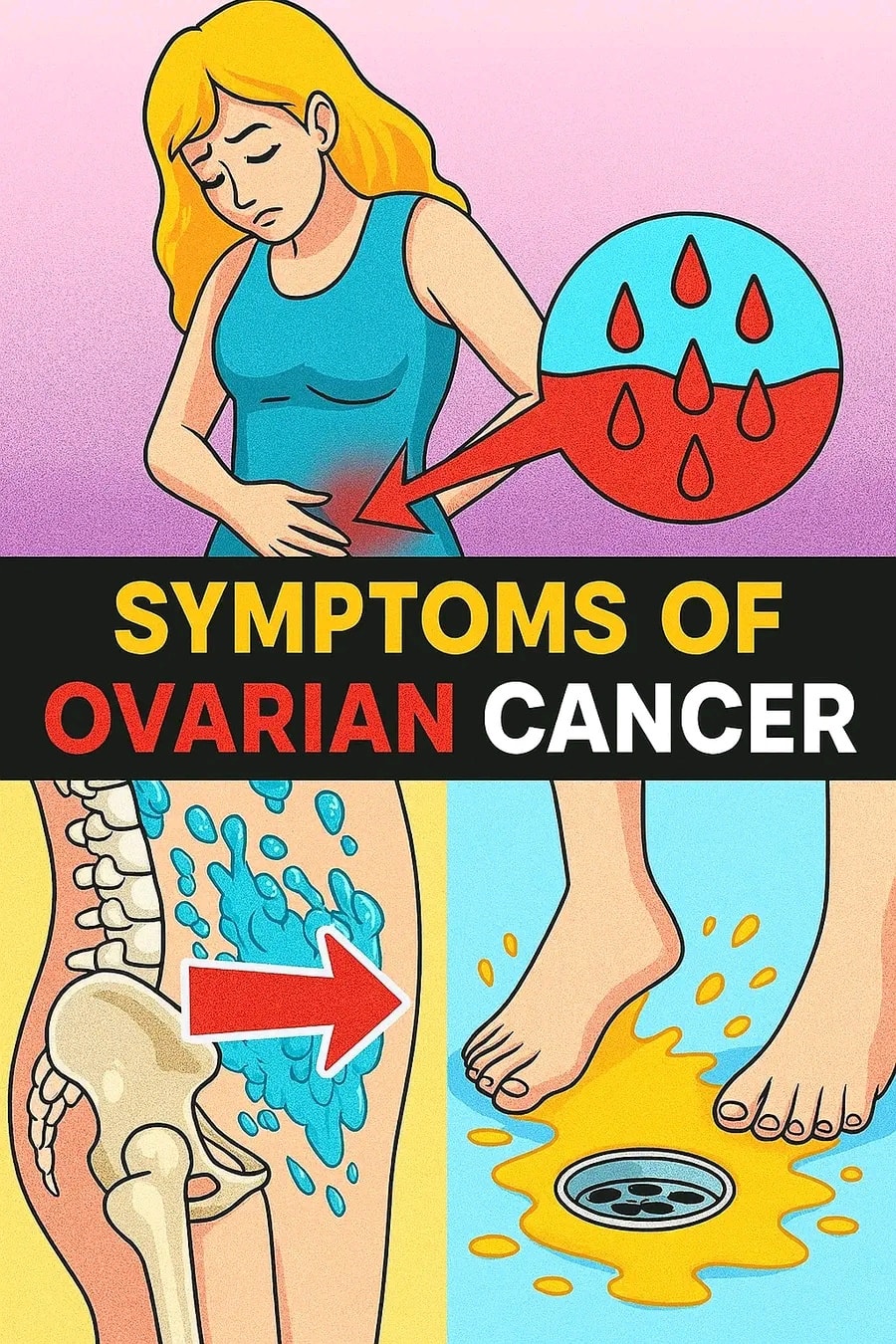Ovarian and breast cancer are often viewed as two separate diseases, but emerging research shows they may share more than just a location in the female reproductive system. In fact, they are closely linked by genetics, hormones, and family history — making it crucial to understand how one could increase your risk of the other.
1. The Genetic Link: BRCA1 and BRCA2
One of the strongest connections between ovarian and breast cancer is genetic. Mutations in the BRCA1 and BRCA2 genes significantly increase the risk of developing both cancers.
- Women with a BRCA1 mutation face a 40–60% risk of breast cancer and a 20–45% risk of ovarian cancer.
- For BRCA2, the risks are slightly lower but still high.
These genes are supposed to help suppress tumors. When they’re mutated, cells can grow uncontrollably.
2. Family History and Inherited Risk
If multiple women in your family have had breast or ovarian cancer — especially at a younger age — your risk may be higher. Doctors often recommend genetic testing if you have:
- A mother, sister, or daughter diagnosed before age 50
- A family history of both cancers
- Male relatives with breast cancer
Understanding your family’s cancer history could literally be life-saving.
3. Hormonal Influences and Risk Factors
Estrogen plays a role in both breast and ovarian cancer development. Women who started menstruating early, entered menopause late, or never had children may have longer lifetime exposure to estrogen, slightly increasing the risk of both cancers.
Hormone replacement therapy (HRT), used to ease menopause symptoms, has also been linked to a higher risk of both breast and ovarian cancer, especially when taken for more than 5 years.
4. Symptoms Can Be Silent — or Overlooked
Breast cancer often presents with a lump, nipple changes, or breast pain. Ovarian cancer, however, is known as a “silent killer” because early symptoms can be vague, like bloating, frequent urination, or back pain.
Women who’ve had breast cancer should be especially alert to any persistent abdominal or pelvic symptoms and report them to their doctor promptly.
5. Prevention and Early Detection Matter
- Regular screenings: Mammograms and pelvic exams are key.
- Genetic counseling: If you’re at risk, a simple blood test can identify BRCA mutations.
- Proactive choices: Some women with high genetic risk choose preventive mastectomy or oophorectomy (removal of ovaries).
- Lifestyle: A healthy diet, exercise, and avoiding smoking can also reduce overall cancer risk.
Final Thoughts
The connection between ovarian and breast cancer isn’t just scientific — it’s personal for many families. By staying informed and watching for early warning signs, women can take control of their health. If you or someone you love has a history of either cancer, don’t ignore the hidden link. It’s better to know early than to face the fight too late.


